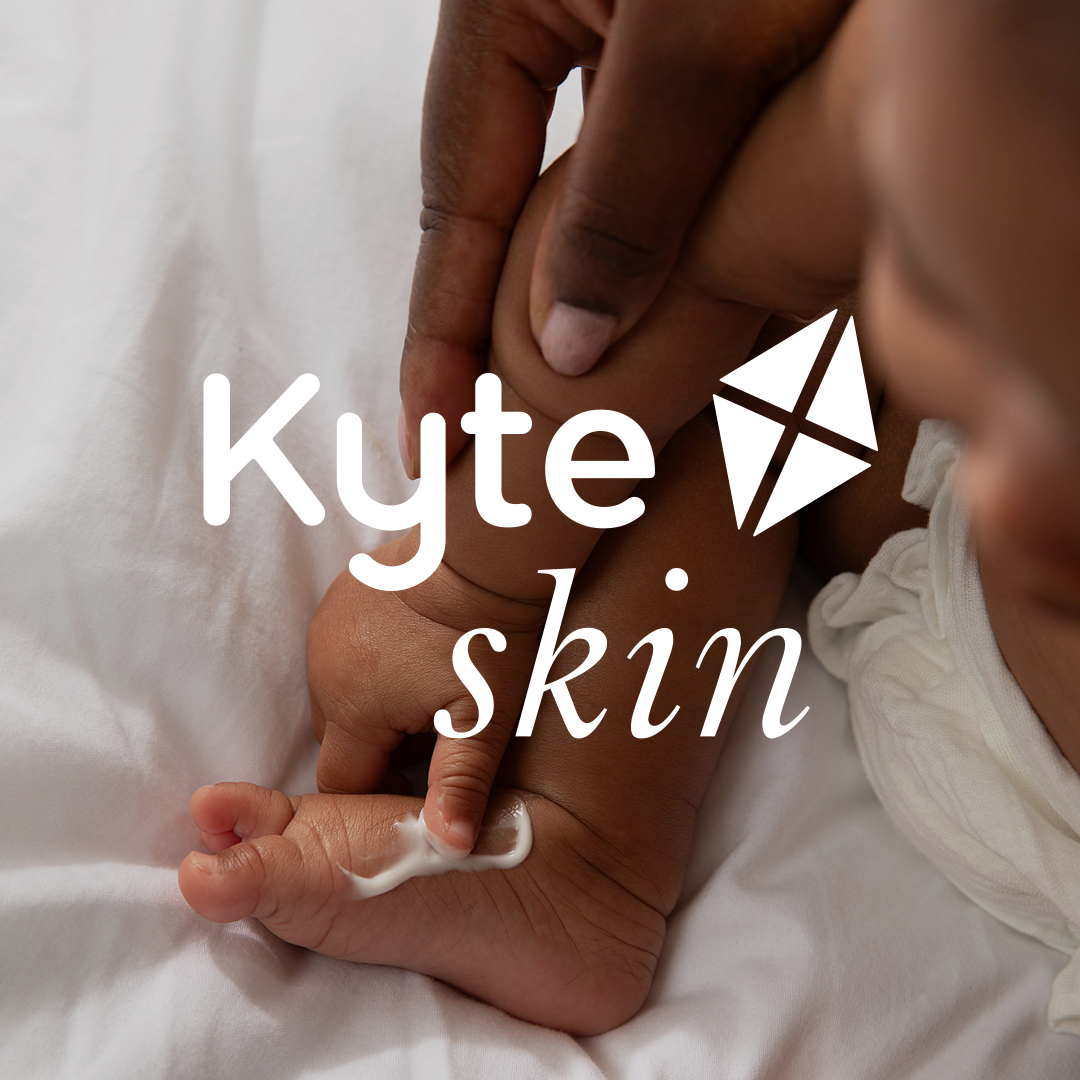
The 2-1 nap transition can feel really intimidating because you’re typically moving from wake times that are around 3.5 hours on average to 5 hours on average. That’s a big jump for a little one.
There are a lot of ways to get through this transition and I can’t say any way is “wrong.” I’ve transitioned 3 kids to one nap in 3 different ways!
In this blog, we will cover:
- Signs of readiness for the 2-1 transition
- Common age to transition
- How to make the transition (and how to survive it)

Common Signs of Readiness for the 2-1 Nap Transition
There are common signs that most kids will show during all nap transitions, so if you’ve made it through other nap transitions, you may have a good idea of when you’re little one will show they’re ready to drop a nap!
Here are some typical signs of the 2-1 transition:
-
Unexplained early wakings
-
Naps that were previously long are now short (less than an hour)
-
Nap refusals (usually the second nap)
-
Maxing out awake times for 2 naps
-
Naps are getting too late and pushing bedtime too late
-
Bedtime trouble (taking a long time to fall asleep, not going to sleep easily/happily)
-
Unusual night wakings
They won’t show all of these signs, usually just 2-3 at most!

Common Age to Transition to 1 Nap
The biggest issue I see with the 2-1 nap transition is transitioning too early! Sometimes parents mistake the 12 month sleep regression as a sign to transition to 1 one nap because they will refuse the second nap for a couple of weeks.
That doesn’t mean you can’t transition them if they’re showing you all of the signs, but according to Dr. Weissbluth (Healthy Sleep Habits, Happy Child), only ~17% of kids are ready to drop to one nap at 12 months. Obviously someone has to be in that 17%, but in general, we recommend waiting a little bit longer!
More commonly, this transition happens around 14-15 months. Sometimes kids will keep two naps until they’re 18/19 months old!
How to Make the Transition to 1 Nap
Try not to panic during this transition-- it can take some time to settle in! I do mean time, like 4-6 weeks to feel like you’re settled into one nap.
Step 1: Review your current schedule and make sure there isn’t room for 2 one hour naps in their day. For example, 7am wake up, 10:30-11:30am nap, 3:30-4:30pm nap, and 8:00pm bedtime.
You can get all the way to wake times of 4/4/3 (or 11 hours of total wake time) before needing to make the transition so something like: 7am wake up, 11-12:00pm nap, 4-5:00pm nap, 8:00pm bedtime.
Step 2: Push your first nap to 11:00am without waking them at the one hour mark or pushing it closer to 11:30am. You may stay there for a little while (if it results in a 1.5+ hour nap) or you may need to slowly push to a 5-5.5 hour first awake time with the nap happening around 12:00pm.
Step 3: If your single nap isn’t lengthening to 1.5+ hours, then you can push the awake time (from 4-4.5 hours) by 15 minutes every 5-7 days (slowly to avoid overtiredness) until the nap lengthens. If the nap is around 1.5+ hours every day, then you don’t need to change anything!
A single nap may need to be limited to 3 hours max to ensure a good night’s sleep!
Don’t continue changing the nap time if they’re giving you a decent nap, waking at an appropriate time in the morning, and not having any extra night wakings.
Remember, this isn’t a race to the finish line. It’s okay to take it slow to help your child transition as smooth as possible!
Step 4: don’t be afraid to utilize an early bedtime (as early as 6:00pm) during the nap transition. The number one side effect of nap transitions is overtiredness so an early bedtime when needed can be helpful to alleviate the sleep debt that could be building up.
Want another option for making the transition? Try this one:
You can try a cat nap in the morning and move your afternoon nap earlier. That may look like:
7:00am wake up, 10-10:30am nap, 1/1:30-3/3:30pm nap, 7/7:30pm bedtime.
Then when you’re ready, you can drop the morning cat nap in favor of one nap happening between 11-12:00pm. This is a really great option if you’re on the go a lot and need to align their afternoon nap with an older sibling.
Here are some takeaways about the 2-1 nap transition:
-
Try not to constantly tweak their nap time
-
If they take a short nap, make sure you give them some time to go back to sleep
-
Utilize an early bedtime when they need it
-
Make sure you have a consistent response to night wakings and early mornings
-
Remember that one skipped nap doesn’t mean you have to make the transition, look for a trend of more skipped naps than naps that have been taken
-
Sometimes you can add in a second nap if the first nap ends before 12:30/1:00pm but try to avoid doing it too often
-
Utilize some quiet time during the afternoon to help alleviate an crankiness (this can be a car ride, stroller ride, carrier walk, or quiet play in their room with books, dim light, etc)
-
Meal times can feel tricky around this time too-- sometimes you can do a large snack before and after nap or you can serve lunch around 11:00am with a snack after the nap
-
Remember to give lots of grace for this transition to settle in
I hope that is helpful! One nap days can be exhausting when you’re entertaining them for 2 large blocks of time, but a lot of freedom comes with one nap a day too!
Author Bio: Ashley Olson is a certified pediatric sleep consultant, owner of Heaven Sent Sleep, and passionate about helping new parents, experienced parents, desperate and sleep-deprived parents form healthy sleep habits for their
children.
She has over 3 years of experience in working with families and has completed over 150 hours of coursework plus continuing education related to infant
and toddler sleep. The focus of her work is on fostering a routine that grows your bond with your child while improving their sleep habits. She specializes in custom sleep plans and one on one support in changing sleep practices!





















